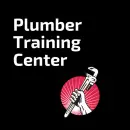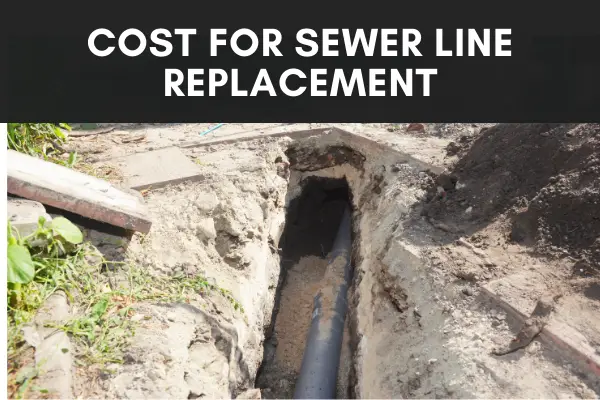Your sewer line transports wastewater from your home to the main sewer found under your street. If you’ve been experiencing issues with your line, you may need to look into a full sewer line replacement.
The cost for sewer line replacement is in the $3,500+ range or can be calculated at $50-$250 per foot. Large sewer replacement projects can cost as much as $20,000. The price will depend on whether you choose trench or trenchless repair, the type of pipe you use, and how long your sewer line is.
Learn more below about what costs are associated with sewer line replacement and the different options you have in the process.
Sewer Line Replacement Cost Breakdown
When calculating the total cost of a sewer line replacement, there are various factors to consider.
- Labor
- Materials
- Traditional versus trenchless replacement
- Sewer line layout
- Additional costs
Labor
You’d be surprised at the difference in prices from one plumbing company to another. Before replacing your sewer line, get estimates from at least 2 or 3 plumbers and make sure to inquire about any costs that are not included.
It’s important to find a plumber you can trust, so look for references or reviews wherever possible. Verify that all plumbers on site have the appropriate certification or licensure to complete the work at hand. They will need to apply for special city permits before replacing your pipeline.
Materials
The type of sewer pipe that will be installed will affect what you pay. Below are the most common pipe materials, listed from cheapest to most expensive.
- PVC is the most common and affordable choice. It can last between 25-40 years depending on how it’s used.
- Cast iron was used often in older homes. While it is durable, it’s also at risk of corrosion and very difficult to replace.
- Copper pipes are one of the most expensive options, although they do last 70-80 years with impressive durability.
Older homes may also have a clay sewer line, but this material is seldom used for new line replacements because of its fragility.
Traditional v. Trenchless Replacement
Traditional sewer line replacement will need to rip out the ground above the line to reach the pipes. This is cheaper than trenchless replacement but will leave you with a hefty cleanup that is not included in the price. If you have to redo your landscaping, you can add even more to the final price tag.
Trenchless replacement, on the other hand, creates an entry point and replaces the sewer line pipe without removing the ground around it. It does this through either slip lining or bursting pipes and replacing them.
Sewer Line Layout
The bigger your property, the longer your sewer line, and the more expensive the cost to replace it.
Some sewer lines have also been placed under driveways or large trees, increasing the cost of excavation to reach the line. A trenchless repair can help you avoid some of these obstacles.
Additional Costs
These things may or may not be included in your plumber’s estimate:
- Camera inspection: Before replacing your sewer line, the company will need to complete a camera inspection to see what they’re dealing with. This can usually run you around $300 and is often required and paid for separately.
- Sewer line jetting: This is used to clean out any debris that is stuck within the pipes.
- Replacement sewer trap: Sewer traps stop foul sewer odors – as well as pests – from entering your home. If the trap is found to be old or deteriorated, you may have to shell out $100 for a new one.
- Landscaping: Plumbers will get into your sewer line, but they aren’t going to stick around and replant your garden and grass. Be prepared to spend hours fixing your yard afterward or to shell out the cash to have a landscaper do it.


